The names of my city
In my imagination, I sometimes take a freedom to have Solaris-like meetings with the ‘ghosts’ of my friends. It involves imagined memories of how we went to see my workplace, or some places in the city, or walked through the forests, or just talked and were happy. This is different from having a dream, as there are no expectations. In reality, they’ve already said that seeing my lab would be totally irrelevant for them. Or they can hardly walk so much. Also, maybe some time later (if ever). So what wrong can the fantasy bring?
One of those trips is walking through the places, which bear some memory of the insurgents of the 19th century. The thing I’m most happy about, this is my own part of the town. In fact I live in a district which was in the suburbs during these times, but I only need to cross a couple of nearby streets, and the journey begins.
Here, in the New Town, Konarski, Sierakowski, and Kalinowski, prominent figures in the history of resistance to the Russian Empire, are mostly known as the people who have their own streets that kept their names for decades already. I could not resist casting glance at the bus stop. Once you have it, you are never forgotten, however very few would look beyond the sound of the name.
Also, a flower market. At least it includes a selection of burial wreaths.
These photos in fact leave out the huge part of what is around, however they show the key points.
The nearest one is this very old hardly readable monument on the place where Szymon Konarski was executed in year 1839 by firing squad, just outside the former city boundaries. (All the anti-Tsarist leaders mentioned are perfectly well represented in Wikipedia, so I leave out that part of explaining). The stone bears an inscription in Polish, and the Lithuanian one is on the tablet.
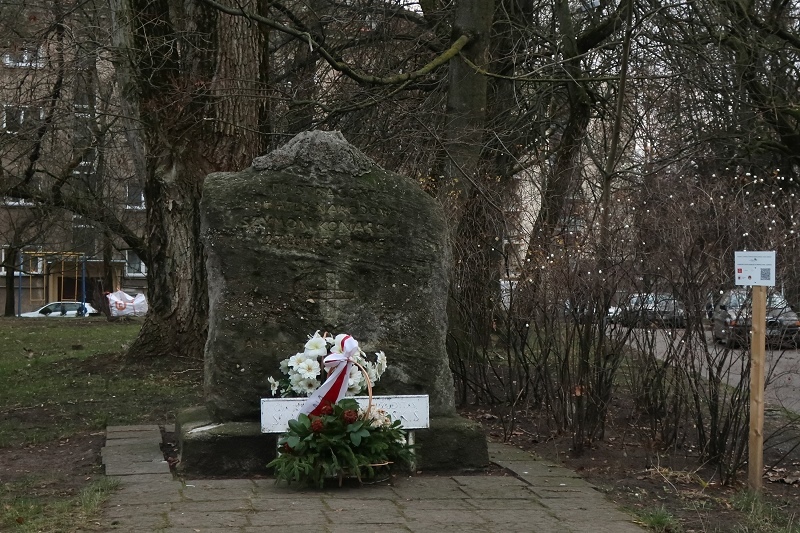
The bus stop not far away. I forewarned you.
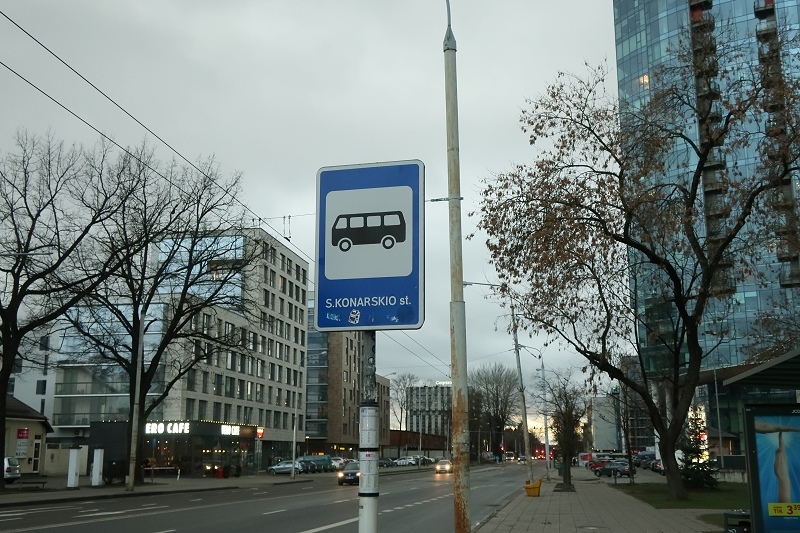
Sure, the street.

Moreover, the market.
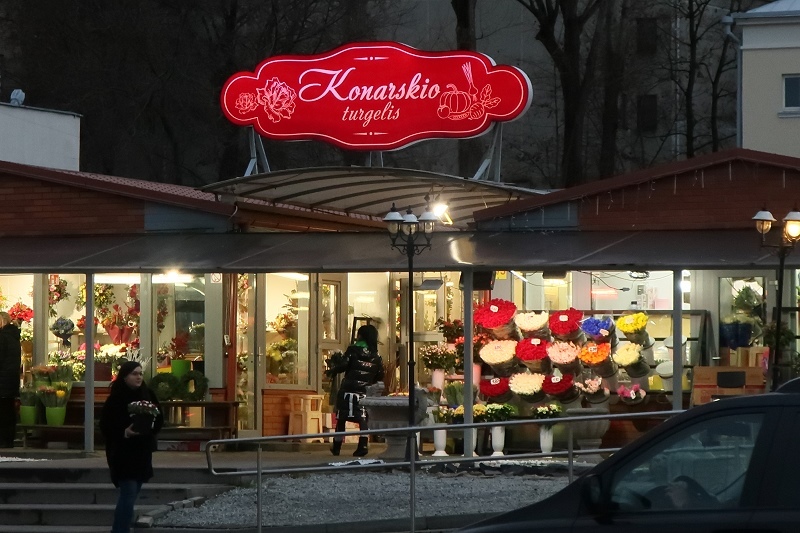
That’s the building left from the time when the city ended just here.

And just nearby, the street of Zygmunt Sierakowski.

I never had an idea while I was attending lectures in this building, yet there is the same place where he was kept in military hospital to get him fit for the execution by hanging in 1863.
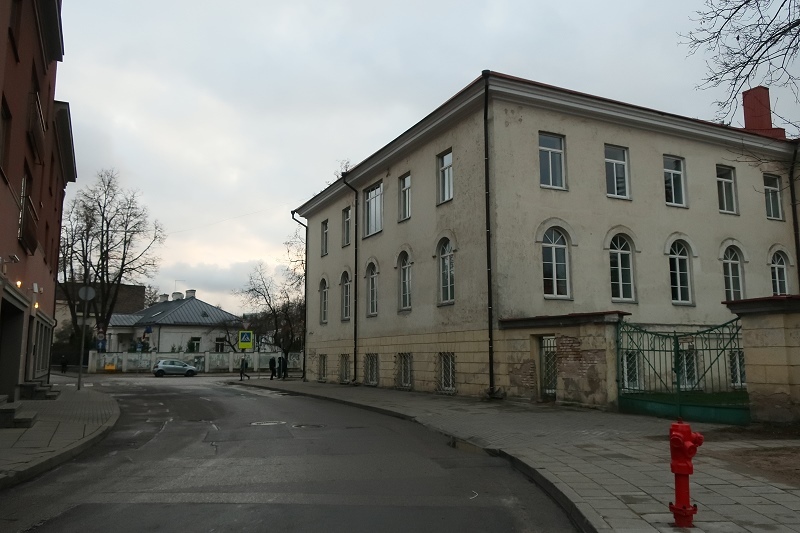
One needs to walk a little bit further to get to the street of Konstanty Kalinowski.
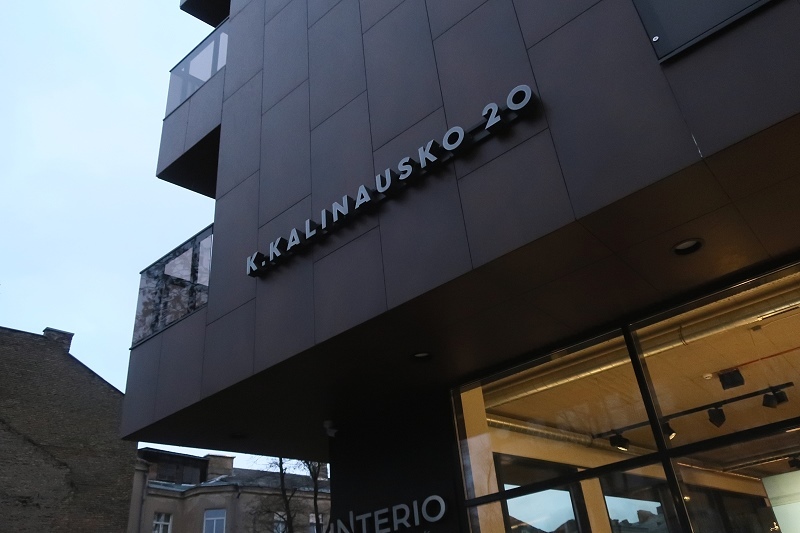
I used to go to a couple of healthcare centres here. In addition, there is a very live memory of running down the steep street, falling and straining the ankle quite impressively – happily, by the above-mentioned centre.

Here the Old Town already begins, and very soon we find the street of St. Ignatius where Kalinowski was jailed before being hanged in 1864. A much-photographed street indeed. Yet how to resist it?
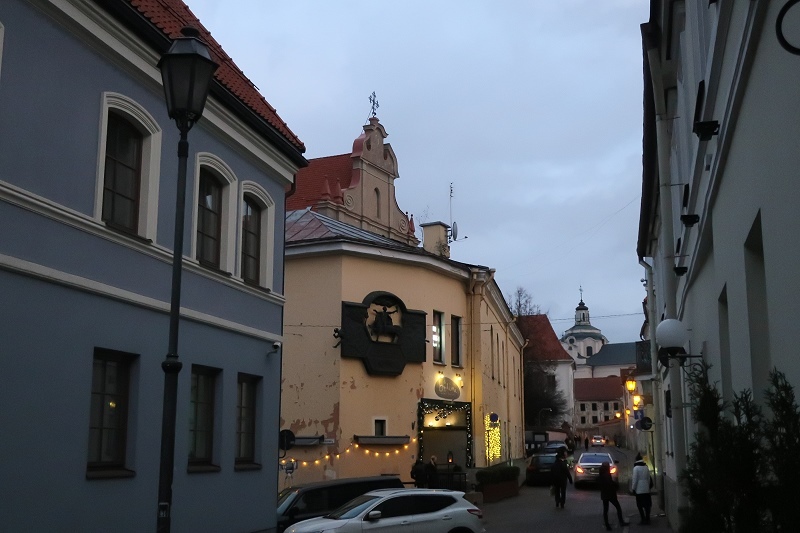



Finally, a tablet of commemoration.

Thanks for taking this imaginary journey together!
One of those trips is walking through the places, which bear some memory of the insurgents of the 19th century. The thing I’m most happy about, this is my own part of the town. In fact I live in a district which was in the suburbs during these times, but I only need to cross a couple of nearby streets, and the journey begins.
Here, in the New Town, Konarski, Sierakowski, and Kalinowski, prominent figures in the history of resistance to the Russian Empire, are mostly known as the people who have their own streets that kept their names for decades already. I could not resist casting glance at the bus stop. Once you have it, you are never forgotten, however very few would look beyond the sound of the name.
Also, a flower market. At least it includes a selection of burial wreaths.
These photos in fact leave out the huge part of what is around, however they show the key points.
The nearest one is this very old hardly readable monument on the place where Szymon Konarski was executed in year 1839 by firing squad, just outside the former city boundaries. (All the anti-Tsarist leaders mentioned are perfectly well represented in Wikipedia, so I leave out that part of explaining). The stone bears an inscription in Polish, and the Lithuanian one is on the tablet.

The bus stop not far away. I forewarned you.

Sure, the street.

Moreover, the market.

That’s the building left from the time when the city ended just here.

And just nearby, the street of Zygmunt Sierakowski.

I never had an idea while I was attending lectures in this building, yet there is the same place where he was kept in military hospital to get him fit for the execution by hanging in 1863.

One needs to walk a little bit further to get to the street of Konstanty Kalinowski.

I used to go to a couple of healthcare centres here. In addition, there is a very live memory of running down the steep street, falling and straining the ankle quite impressively – happily, by the above-mentioned centre.

Here the Old Town already begins, and very soon we find the street of St. Ignatius where Kalinowski was jailed before being hanged in 1864. A much-photographed street indeed. Yet how to resist it?




Finally, a tablet of commemoration.

Thanks for taking this imaginary journey together!